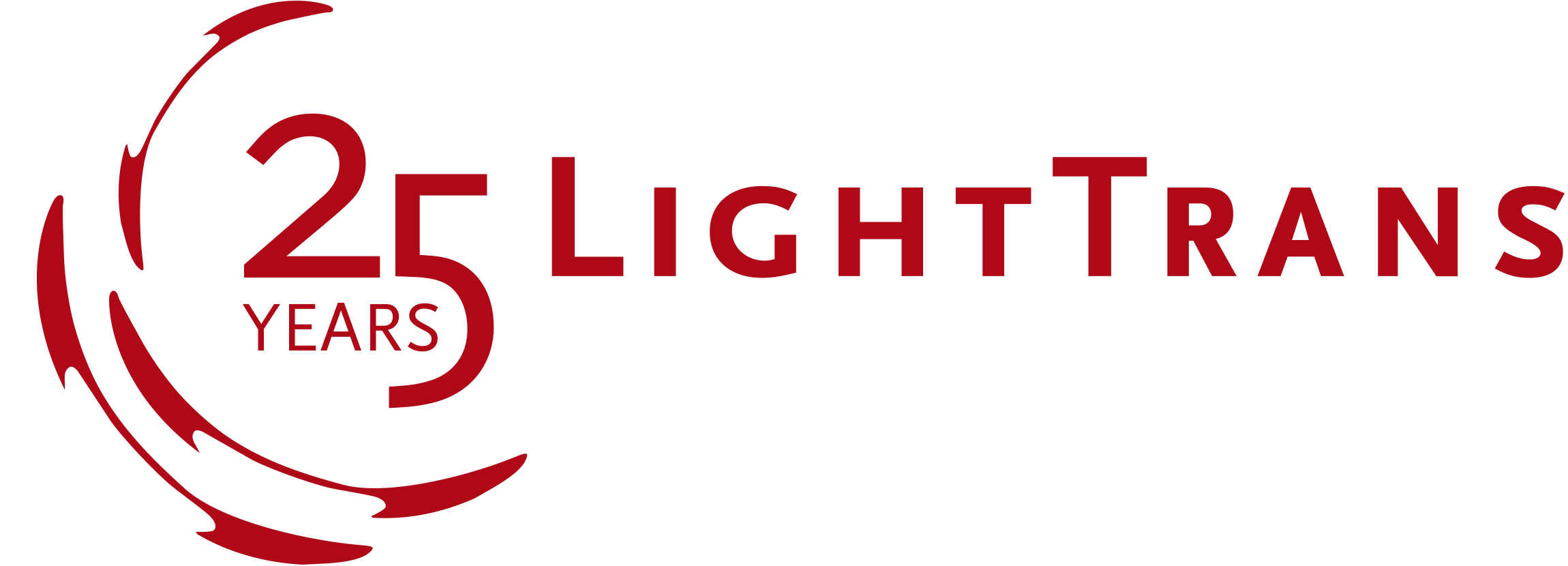VirtualLab Fusion Technology
One Platform – Many Solvers
Following the field tracing concept, in VirtualLab Fusion we connect various modeling technologies.
The six basic ideas on how to achieve fast simulations in physical optics are:
- Instead of just one, we use an arsenal of rigorous and approximated field solvers.
- VirtualLab Fusion constitutes a platform for connecting field solvers by a unique operator and channel concept.
- Field solvers work in different domains. We use the Fast Fourier Transform (FFT) and in-house developed Fourier transform algorithms in order to overcome sampling issues of the FFT.
- We consequently apply pointwise instead of integral operations wherever possible.
- Partially coherent and pulsed light fields are represented by a suitable source mode decomposition.
- Full access to electromagnetic fields enables evaluation of any detector function which might be of concern in optics modeling, including radiometric and photometric data.
All the different technologies are implemented in one single software platform – VirtualLab Fusion – where they work smoothly together.
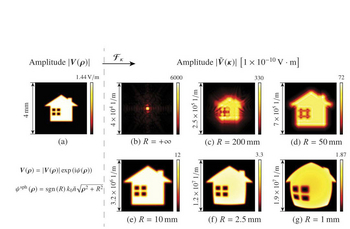
The Fourier Transform
VirtualLab Fusion provides fast physical-optics modeling by connecting different field solvers. Each component comes with a solver and calls for the fields in the output planes of other solvers.
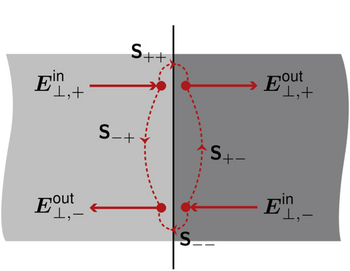
Fresnel Matrix
The Fresnel matrix solver consists of an eigenmode solver for the homogeneous media on both sides of the interface and matching of the boundary conditions, in the spatial frequency domain (k domain).
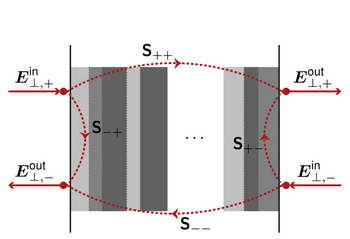
Layer Matrix [S-Matrix]
The layer matrix solver consists of an eigenmode solver for each homogeneous layer and an S-matrix for matching the boundary conditions at all the interfaces, in the spatial frequency domain (k domain).
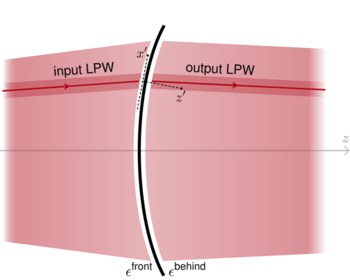
Local Plane Interface Approximation (LPIA)
The LPIA solver works in the spatial domain (x domain) with an approximate local boundary condition, that assumes a local plane wave interaction with local plane interface.
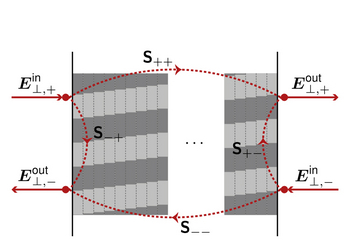
FMM / RCWA [S-Matrix]
The FMM/RCWA solver consists of an eigenmode solver for each periodically modulated layer and an S-matrix for matching the boundary conditions, in the spatial frequency domain (k domain).
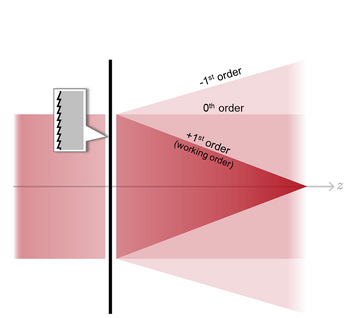
Local Linear Grating Approximation (LLGA)
The LLGA solver assumes local plane wave and local linear grating interactions in the spatial domain (x domain), using either the FMM/RCWA or TEA for the grating analysis.
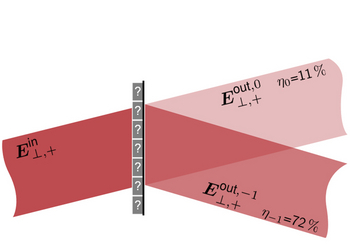
Idealized Grating
The idealized grating function works without any information about the actual shape of the grating structure. It calculates the position (in the k domain) of the diffraction orders from the period, and the effective B-matrix according to the desired diffraction efficiencies.

Runge-Kutta Beam Propagation Method for GRIN Medium
The Runge-Kutta Beam Propagation Method (RK-BPM) solves the electromagnetic field propagation problem in a GRIN medium, by solving two ordinary differential equations simultaneously.
Let us know your opinion about the features mentioned. In particular, send us your suggestions and feature requests to make your work with VirtualLab Fusion even more enjoyable. We await your opinion and feature requests at user-experience [at] lighttrans.com.
